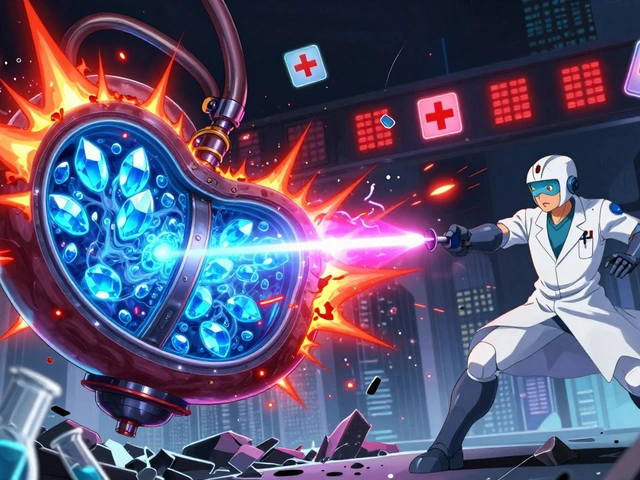Contact dermatitis: quick fixes, common causes, and how to stop it coming back
Got a red, itchy patch after touching something? That’s often contact dermatitis. It happens when your skin reacts to an irritant or an allergen. The good news: most cases get better with simple steps at home and a little attention to what caused it.
First, tell if it’s irritant or allergic. Irritant contact dermatitis follows immediate exposure to soaps, detergents, solvents, or acids. It burns or stings and shows up where the product touched your skin. Allergic contact dermatitis can take 24–72 hours to appear after contact with things like nickel, fragrances, poison ivy, or latex. The rash may spread beyond the contact area.
What to do right now for relief
Stop touching the suspect item. Rinse the area with cool water and mild soap. Avoid scrubbing — that makes things worse. Apply a plain moisturizer or emollient to restore the skin barrier. For itch, use an over-the-counter 1% hydrocortisone cream for a short time, or an oral antihistamine at night if the itch stops you sleeping. Use cold compresses for comfort.
If the rash is widespread, blistering, getting infected (yellow crusts, increasing pain), or you can’t identify the cause, see a healthcare provider. They might prescribe a stronger topical steroid, a short oral steroid course, or antibiotics for infection.
How to prevent future flare-ups
Track what touches the rash. Keep a short log: products, jewelry, plants, gloves, or new clothes. Common culprits: nickel in jewelry, fragrances in lotions or shampoos, rubber chemicals in gloves, household cleaners, and certain plants like poison ivy. Once you find the trigger, avoid it — that’s the most effective prevention.
Protect your hands with cotton liners under rubber gloves for cleaning. Swap harsh soaps for mild, fragrance-free cleansers. Moisturize daily with a thick cream or ointment, especially after washing. For work exposure, talk to your employer about safer alternatives and proper protective gear.
If you keep getting rashes despite avoidance, ask your doctor about patch testing. Patch testing finds specific allergens so you can avoid them precisely. For long-term non-steroid options, topical calcineurin inhibitors can help on sensitive areas like the face, but discuss risks and costs with your clinician.
Remember: small changes often prevent big flare-ups. Stop using the likely offender, protect your skin, moisturize, and get medical help if the rash is bad or won’t settle. You don’t have to guess forever — testing and simple changes usually put contact dermatitis under control.



